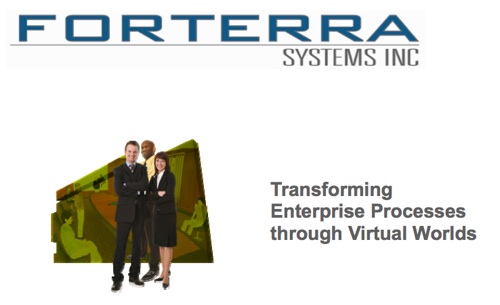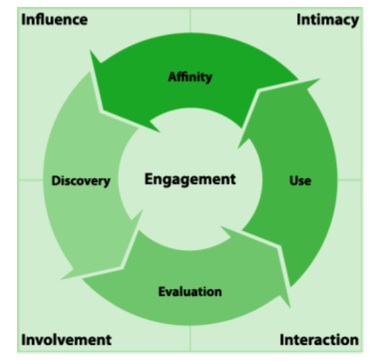US-based Virtual Worlds Management have released their Virtual Worlds Management Industry Forecast 2009 . It features commentary from more than 60 executives across the virtual worlds industry, including Australia’s Santosh Kulkarni (NICTA), Danny Stefanic (ExitReality), Bruce Joy (VastPark), and Bob Quodling (Mycosm).

Condensing a report of this size into a few paragraphs is always fraught with difficulty, but the main messages standing out for me were:
1. There’s not surprisingly very different estimates put forward on the level of growth this year, given the current economic circumstances;
2. There’s significant confidence that advertising models are evolving that make virtual worlds competitive with social networks like Facebook, particularly given the growth in virtual goods on those platforms;
3. Web-driven worlds are seen as having the most momentum for 2009;
4. Enterprise use of virtual worlds remains unclear, with a split between those who believe the economic climate provides opportunities to demonstrate cost savings versus those who believe any IT expenditure will be under significant scrutiny.
From the Aussie contingent, one of the more amusing comments came from VastPark’s Bruce Joy:
3D on the Web will continue to be a bit disappointing, but will become far more commonplace through Unity and Flash based engines like Papervision. This suggests 2010 may be the watershed year where 3D on the Web goes mainstream. That’s when we all become rock stars and live large, right?
Mycosm’s Bob Quodling claims “Wireless mobile will be the biggest play” – is that as opposed to ‘Wired Mobile’?
Danny Stefanic from ExitReality sees much clearer ROI cases coming forward for business, whilst Santosh Kulkarni from NICTA cites the developments in interoperability between worlds a key issue.
If you’re interested in some comprehensive thoughts from the virtual worlds industry itself, then have a read of the full report. We’d love to hear your thoughts – is the report a realistic assessment of 2009 prospects, a group of insular assertions from an industry desperate to gain mainstream relevance, or something else altogether?


 Anyone who hasn’t yet grasped the momentum building in the virtual worlds sphere, hasn’t seen the ever-growing pile of white papers being released. Another example from the past week or so comes from the US-based non-profit entity,
Anyone who hasn’t yet grasped the momentum building in the virtual worlds sphere, hasn’t seen the ever-growing pile of white papers being released. Another example from the past week or so comes from the US-based non-profit entity, 

Recent Comments